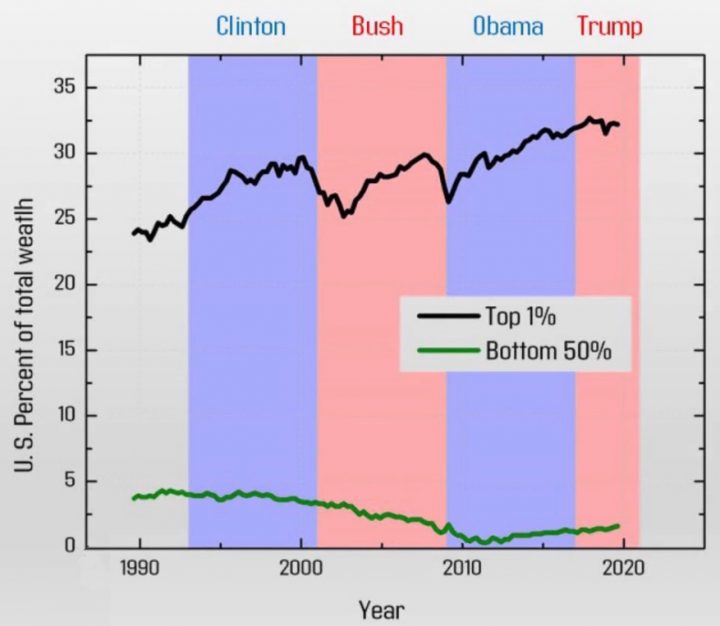Many years ago, I received, as a gift, a non-fiction book by Lewis Hyde published in 1983, entitled, The Gift: Imagination and the Erotic Life of Property. There was nothing particularly erotic about the book, or even terribly imaginative, but one of Hyde’s stories stuck in my mind, because I’d often heard a certain expression as a child, coming down as an instruction from various adults.
Don’t be an Indian Giver.
Mr. Hyde explained his theory of this expression. When Europeans first arrived in North America, and made contact with the indigenous residents — members of various Indian tribes — the newcomers would occasionally find themselves presented with gifts of various types. A peace pipe, perhaps. A robe. A tomahawk.
What the newcomers didn’t know, and had no way of knowing, was that among the Native tribes, a gift was a very special type of property. A gift, bestowed upon a recipient, did not truly belong to the recipient, but rather, remained “a gift” forever, and the recipient was expected to honor the gift by bestowing it on someone else. In this way, a gift moved through various family and tribal groups, blazing a pathway of goodwill, and contributing to regional peace and brotherhood.
When European newcomers arrived in the “New World” and received a gift — say, a peace pipe — they typically set the gift on the fireplace mantle, and assumed that the item now belonged to them.
After a frustrating wait, a contingent of Native leaders would come knocking at the door, inquiring why the gift had not been honored — by being passed on, back to some member of the tribe, according to long tradition. The European newcomers, perhaps confused by language differences, and certainly by cultural differences, would find themselves handing back a ‘gift’ without truly understanding why.
Thus the term, “Indian Giver.”
This story has remained with me, long after Mr. Hyde’s book was given away, as a gift, to the next person in line. We come from various backgrounds, and are unconsciously directed by the cultural values with which we were raised. When the Europeans — now calling themselves ‘Americans’ — arrived in Colorado, they brought with them a tradition of claiming the earth, the soil, as something to be possessed and controlled and exploited… but they viewed water as a gift, to be used and then passed on to the next person in line.
Some Americans still honor water as a gift.
But some see water as a possession — like real estate, like a factory, like a wad of 100 dollar bills, and like so many other things in our modern economy — something that can be controlled and exploited for profit, rather than as a gift to be put to beneficial use for everyone’s benefit.
I began this editorial series last month, in response to some news reports that the Colorado General Assembly, last spring, had mandated the creation of a new “Anti-Speculation Law Work Group.” Colorado already has laws aimed at preventing water rights speculation… but those laws might be outdated in an age of multi-national corporations and hedge funds… and also, in an age when “drought” seems more common than it did 30 years ago.
The new work group will hold its first official meeting today, Wednesday October 7, at 12 noon MDT, via ZOOM. This public meeting is scheduled to last from noon until 2pm… probably a fine length of time, considering how weary participants might be after discussing Colorado water law for two hours.
The meeting is open to the public and the ZOOM link can be accessed at the Colorado Water Conservation Board website, here.
The General Assembly and the Colorado Water Conservation Board — and many of us, taxpayers — are concerned about wealthy people and corporations, from inside and outside Colorado, buying up water rights in hopes of profiting, somehow, from the sale of water as the arid American West becomes more desperate. As we all know, the gap between the very wealthiest Americans and the rest of us has been growing ever larger, especially since about 1990. Here’s a chart from Wikipedia, based on data accessible at FederalReserve.gov:
We note that the top one percent of Americans appear to possess about 33 percent of all the country’s wealth, according to Federal Reserve data. Thirty years ago, the top one percent held about 24 percent of the nations wealth.
The lower line in this chart illustrates the fate of the bottom 50% of Americans, whose wealth percentage dropped pretty close to zero during the Great Recession, and is still considerably less than it was in 1990. Less than three percent fo the wealth, spread among 160 million people.
Meaning that things, here in the good old USA, have not been getting ‘more equitable’ over the past three decades. Quite the opposite, it seems.
The statisticians have established for us that family wealth is a major determinant of health, safety, educational achievement, and general opportunity. One of the opportunities currently available to wealthy Americans is, for example, the purchase of water rights in Colorado.
Yesterday in Part Twelve, I quoted from the website operated by a New York-based hedge fund called ‘Water Assets Management’.
Water investing has historically acted as an effective hedge against inflation with water pricing rising in excess of the rate of inflation… There is increasing competition among users of water (industrial, agricultural, residential and environmental) that require more efficient and flexible mechanisms to deliver and allocate water…
Lower Price Compared to Electricity, Gas, Cable, and Telecom: The comparably low price of water relative to value leaves ample room for price increases to cover full costs of operations, capital investment, and reliable supply…
We don’t get a clear picture, from a visit to the WAM website, what exactly is meant by “ample room for price increases.” It’s a fact that the Colorado Constitution defines the water resources within the state to be public property, and historically, Colorado water has been accessed by farmers, ranchers, corporations, water districts and other water users, at no cost — so long as they were applying the water to some “beneficial use.” Water districts and other entities that deliver water charge a fee — and sometimes, collect tax revenues — to cover the cost of treating and delivering Colorado water. It’s not clear to me how many entities have attached “ample price increases” to the cost of water sold, simply because they controlled more water than they needed, and other Coloradans had less than they needed.
In my book, water is a gift — and also a necessity — and we should act to ensure it remains a gift.
Not everyone agrees with that opinion, apparently.



